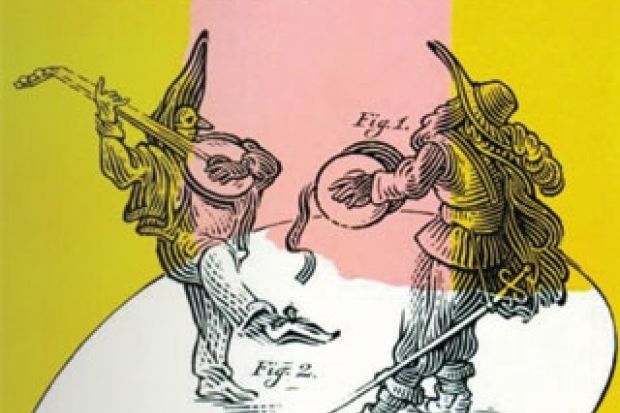“The main purpose of this book has been to bring out the multiple points of life in Shakespeare” – a commendable though ambitious objective. Simon Palfrey’s starting point is that Shakespeare’s contemporaries composed their plays to fulfil a predetermined scenario: “writing the play to this plot was Middleton’s foundational technique”. Shakespeare, however, was long-term writer in residence of the Chamberlain’s/King’s Men and designed parts for specific actors, obviating the need for such formulated plots. This is a collaborative, rather than autocratic, method. Thus, “The worlds of Shakespeare are not, I think, much like this [Middleton’s]. We need a different model entirely.”
Palfrey proposes that Shakespeare’s theatrical world is constructed from units that he identifies as “formactions”. The trouble is that formactions turn out to be anything (and everything): “the active forms of playworlds, their working parts and craft materials…cues, scenes, metaphors, rhymes, parts, entrances, lines, lexical repetitions, scene breaks, puns latent and overt, soliloquies, midline breaks, exits, onstage silence, a player’s type, mime shows, a present audience, and so on and so on.” Moreover, formactions are executed by the “playwright, character, situation, even the self-authorising discharge of a single word or action”. In order to address Shakespearean plenitude, Palfrey is forced to cover just about every aspect of theatrical innovation in no particular order – after all, he insists, “formactive playlife…should elicit a kind of democracy of attention”. Another problem with this unit of meaning is that it might not even be there: “We only notice those we notice.”
What emerges is a rightly awe-struck admiration for Shakespearean creativity and a bewildered and bewildering attempt to explain it. Mechanisms deployed range from quantum physics and the philosophy of Leibniz, Kierkegaard and Descartes to bizarre personal recollections: “When I think of Much Ado About Nothing, I am reminded of a very narrow ballroom I once visited in a Genoa palace.” Elsewhere, Palfrey remembers searching for Marina in Pericles (how does one search for a fictional character?) “when I had a baby girl, two weeks old, and I was in a strange cold house in a strange cold city and she wasn’t”.
Palfrey is at his best when he engages directly with Shakespeare’s writing, and there are some insightful remarks. For instance, he is good on Shakespeare’s “nonchalance about results that belies the intensity of his creative process” and the way this contrasts with Jonson’s “punctilious directness”. His contextualisation of Shakespearean abundance is surely correct if a little cursory: “In all kinds of ways his work is symptomatic of an age in which worlds and perspectives were multiplying.”
But the prose is marred too often by perverse or remote formulations: Malcolm is “that dickhead”; “Perdita is burdened with terrible transverterbrations”; in watching Macbeth we witness “a milky paragon”. We hear of “a kind of duplex embryology”; “a sort of bovine full-frontalism”; “a kind of palingenetic transference”. Palfrey writes of “Shakespeare’s metaleptic, catachretic, prosopopoeic use of words” and insists that “the hermeneutic act [is] figuring the ‘figuring’”. And what can this mean? “I want to hypostasise the quotidian stuff of theatre, in the sense of recover its multiple nodes of substance.”
“Perhaps”, Palfrey muses, “my studies will seem the huffings and puffings of critical ego.” The effect of huffing and puffing is, sometimes, to blow the house down.
Shakespeare’s Possible Worlds
By Simon Palfrey
Cambridge University Press, 382pp, £65.00
ISBN 97811070589
Published 22 May 2014
Register to continue
Why register?
- Registration is free and only takes a moment
- Once registered, you can read 3 articles a month
- Sign up for our newsletter
Subscribe
Or subscribe for unlimited access to:
- Unlimited access to news, views, insights & reviews
- Digital editions
- Digital access to THE’s university and college rankings analysis
Already registered or a current subscriber?





